St. Amenaprkich Church of Mets Tagher Village
Location
The church is located in Mets Tagher village of Hadrut region of the Artsakh Republic. During the Soviet era, the village was part of Hadrut region of the Nagorno-Karabakh Autonomous Region. As a result of the 2020 war, Mets Tagher village, as well as the entire Hadrut region, are occupied by Azerbaijan.
The village is located on the left bank of the Ishkhanaget tributary of the Araks River, surrounded by forested mountains and gorges. The village is 1200 meters above sea level.
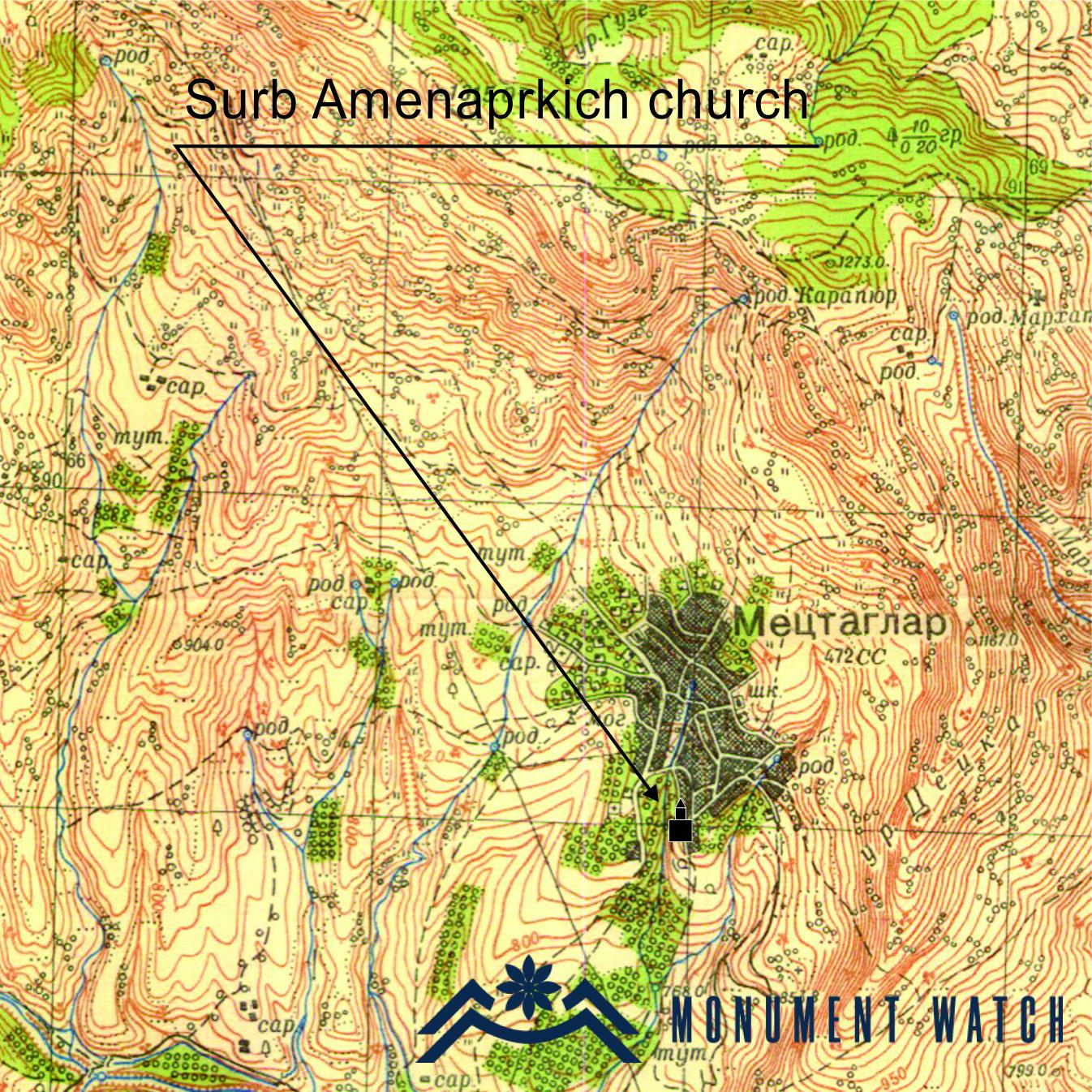
Historical overview
According to Shahen Mkrtchyan, in ancient times the village was called Kazh, as the village was founded by Daniel Kazhetsi. The village was mentioned by a number of names: Tagher, Nor Taghlar, Mets Taghlar. The name of the village is related to its consisting of several districts (Mkrtchyan, 1985, 102). Famous actor Vagharsh Vagharshyan, Marshal of the Soviet Union Aviation Armenak Khanperiants and others originate from Mets Tagher village. In addition to agriculture, handicrafts were developed in the village. In the 19th century, the village was actively engaged in the production of silk thread.
Architectural-compositional description
St. Amenaprkich (Holy All-Savior) Church is located in the center of the village (Fig. 1). It is a large single-nave basilica (Fig. 2), built in 1846.
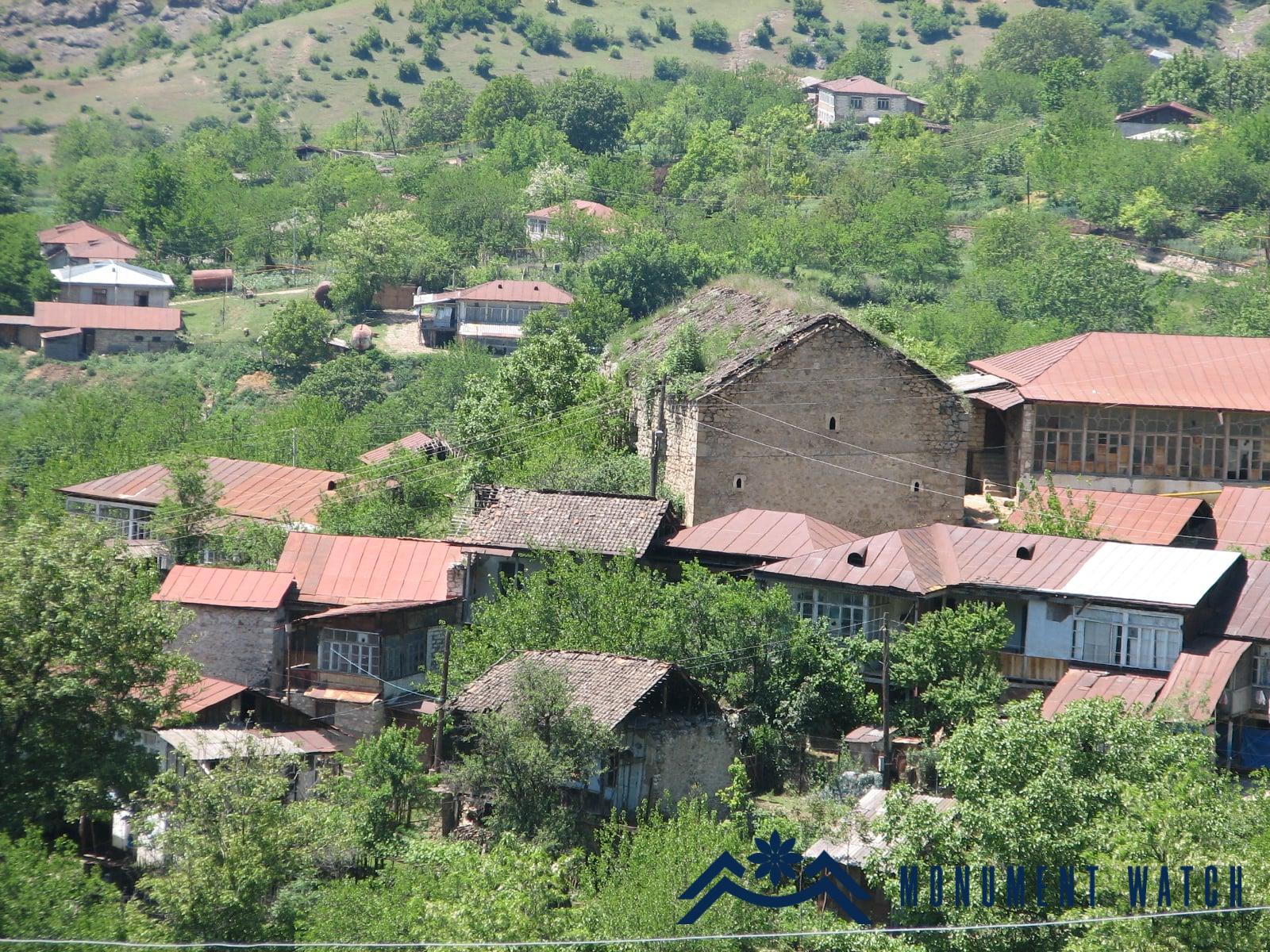
Fig. 1 The general view of the church, photo by G․ Budaghyan.
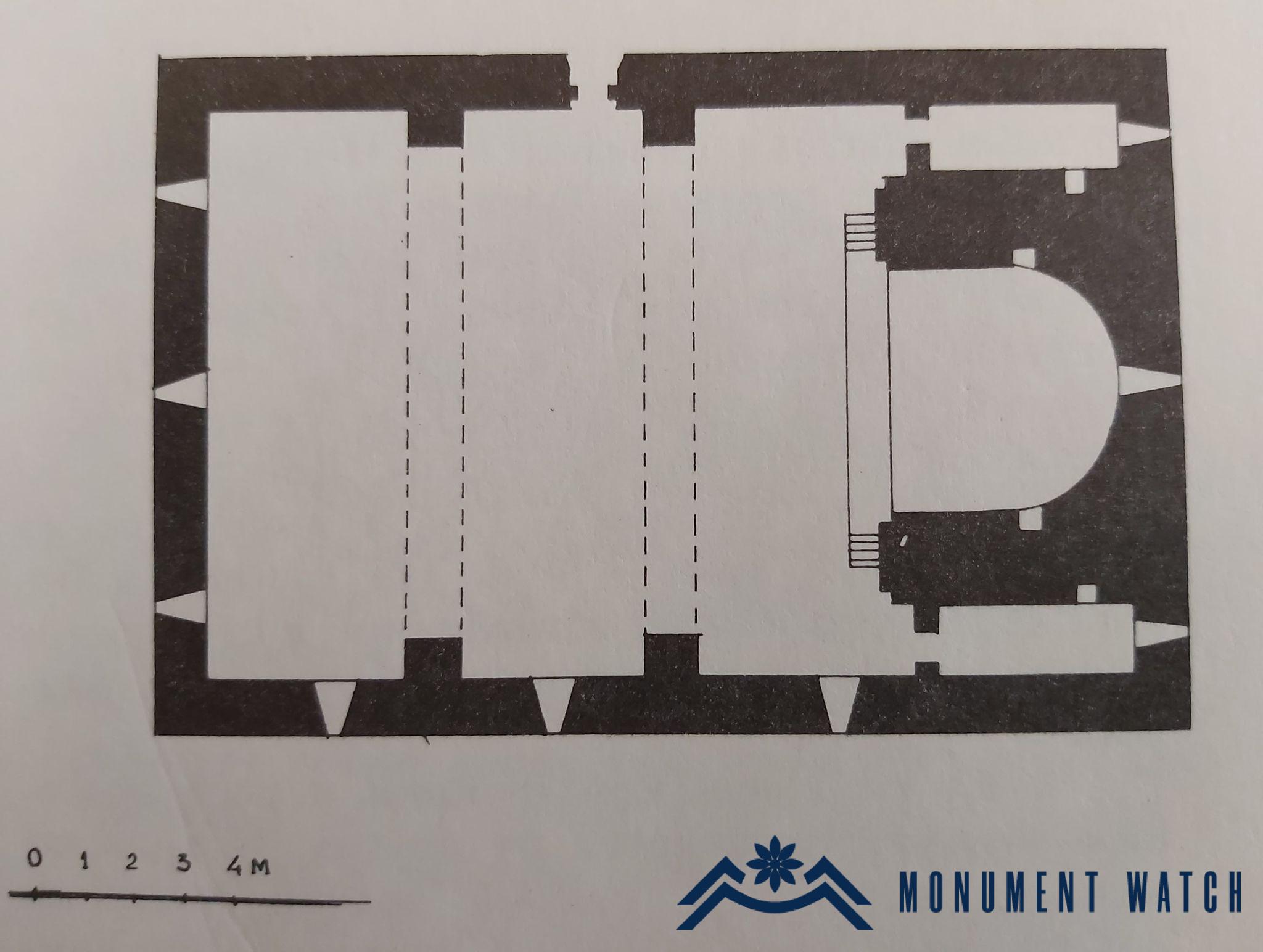
Fig. 2 The plan of the church, Mkrtchyan Sh., Historical and architectural monuments of Nagorno Karabakh, Yerevan, 1985.
The vault and the vaulted arches, the tholobate, are accentuated sagittal, which gives a special vertical stretch to the prayer hall. The arches adjacent to the wall, the portal, the window niches and the baptismal font have a regular semicircular end. The church stands out also for its large prayer hall, which is covered with a 13-meter-wide single-span vault (Fig. 3). The main volume of the church is built of rough stones, and the portal, windows and vaulted arches are lined with polished stone. The only entrance is from the north, which was conditioned with the location of the church and the dense construction of the surroundings. Here, the building inscription is on the lintel (Fig. 4).
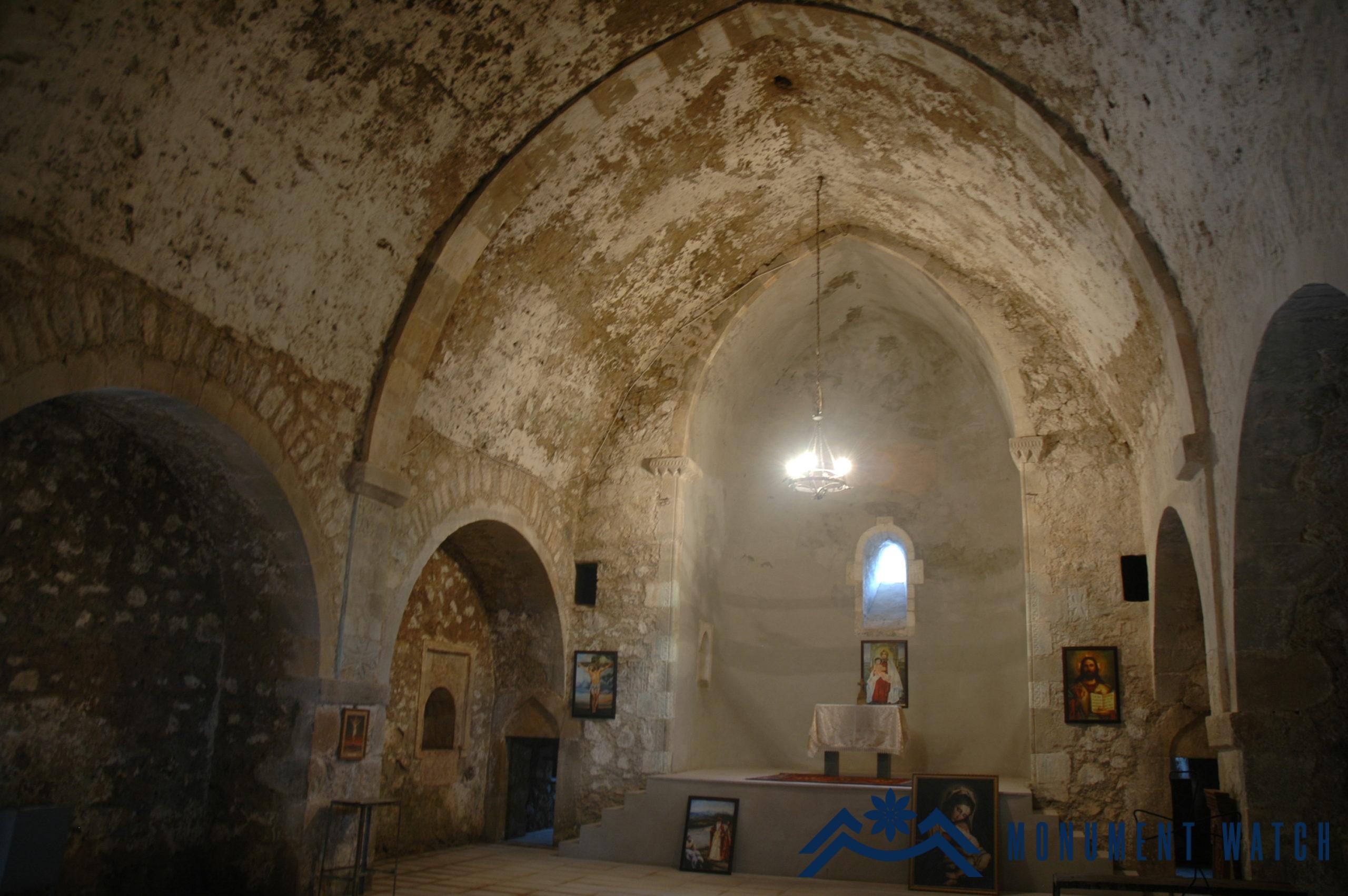
Fig. 3 The interior of the church, photo by H․ Petrosyan.
The old khachkars placed in the walls of the church, various sculptural fragments, enable to suggest that stones and khachkars of another older building were used in the construction of the church or that the ancient church that had existed since ancient times was rebuilt (Figs. 5, 6, 7).
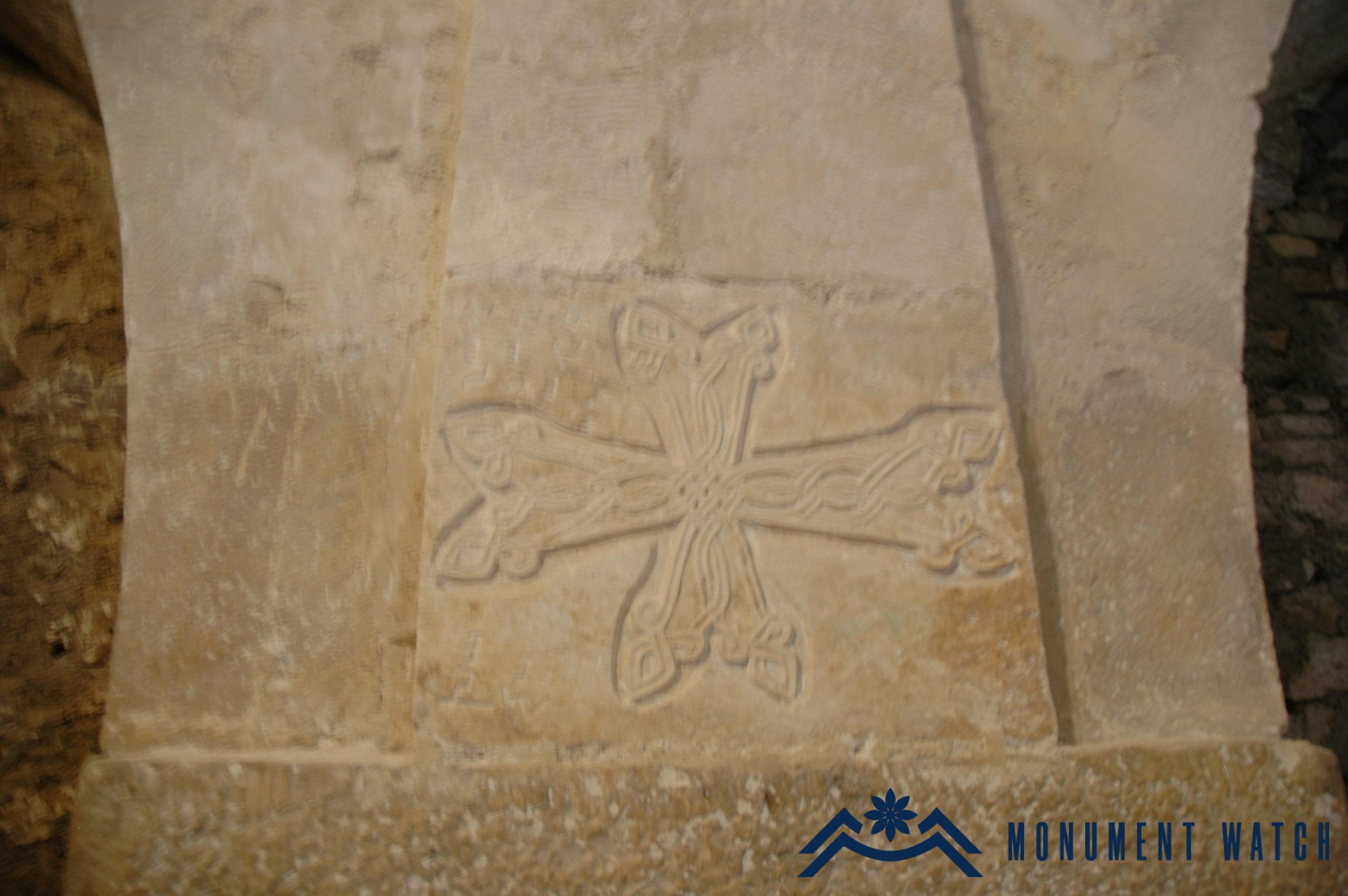
Fig. 6 A khachkar embedded in the inner wall of the church, photo by H․ Petrosyan.
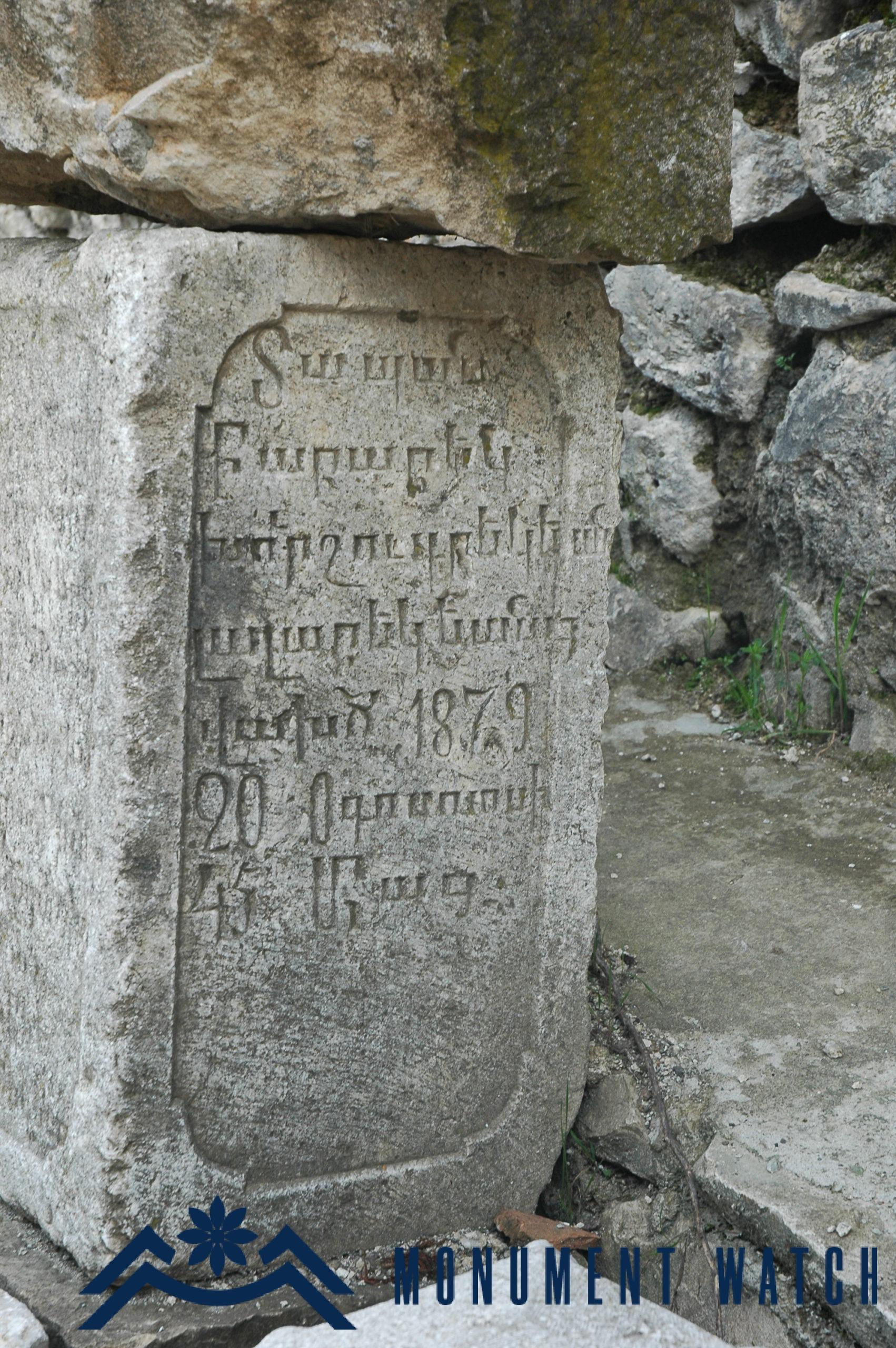
Fig. 8 Inscribed gravestones adjacent to the northern wall of the church, photo by H․ Petrosyan.
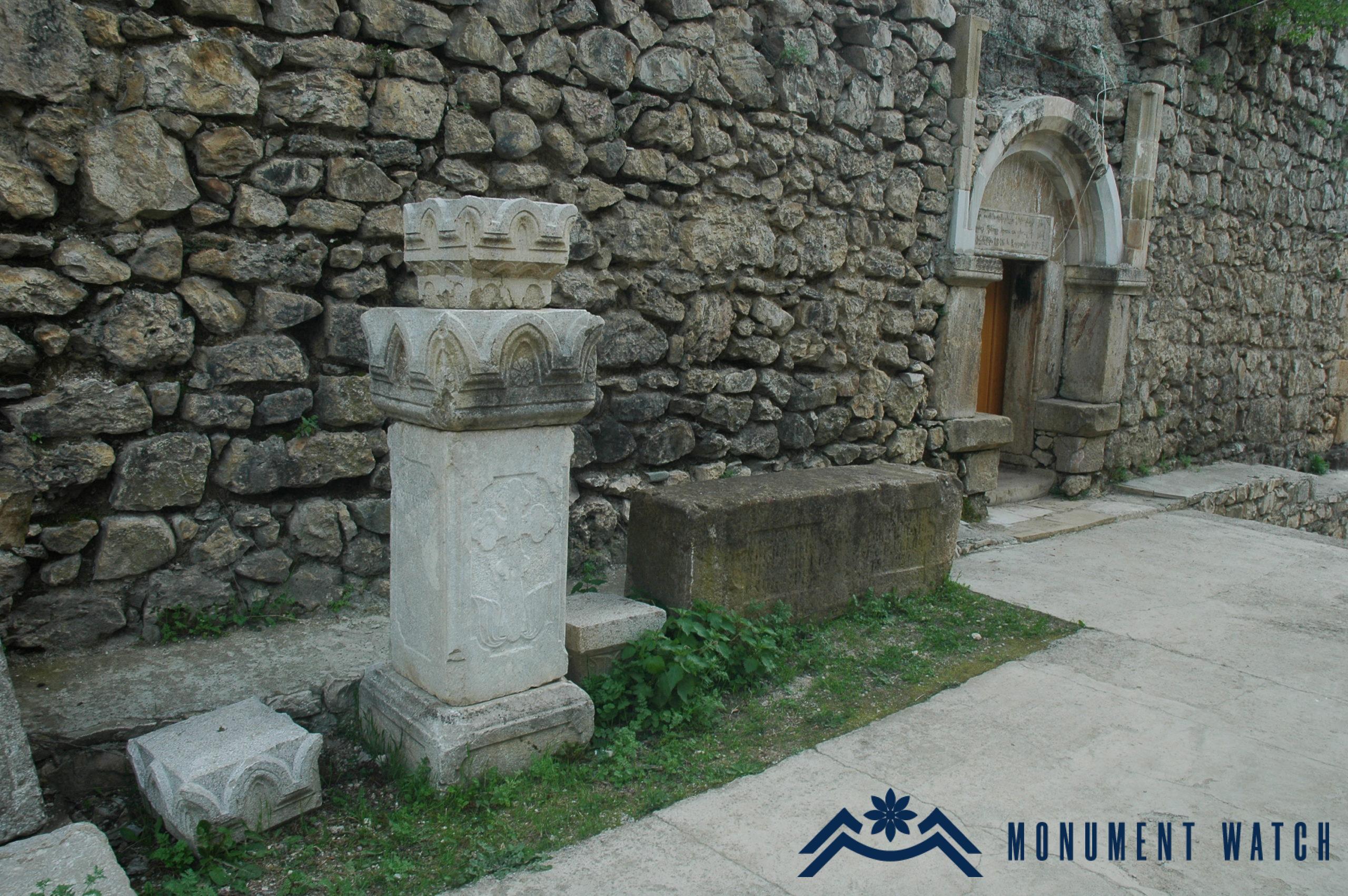
Fig. 10 Gravestones adjacent to the northern wall of the church, photo by H․ Petrosyan.
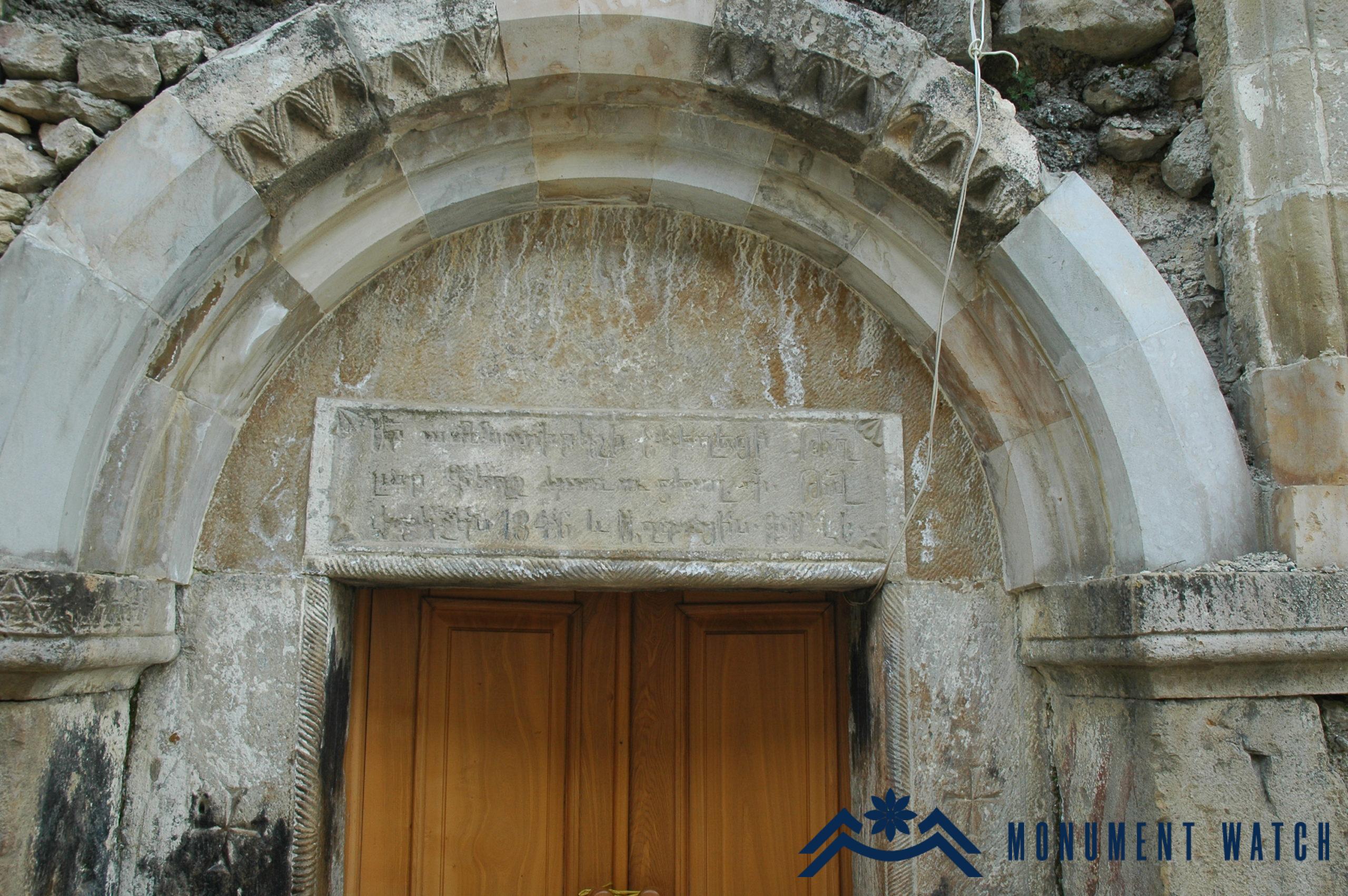
Fig. 4 The building inscription of the church, photo by H․ Petrosyan.
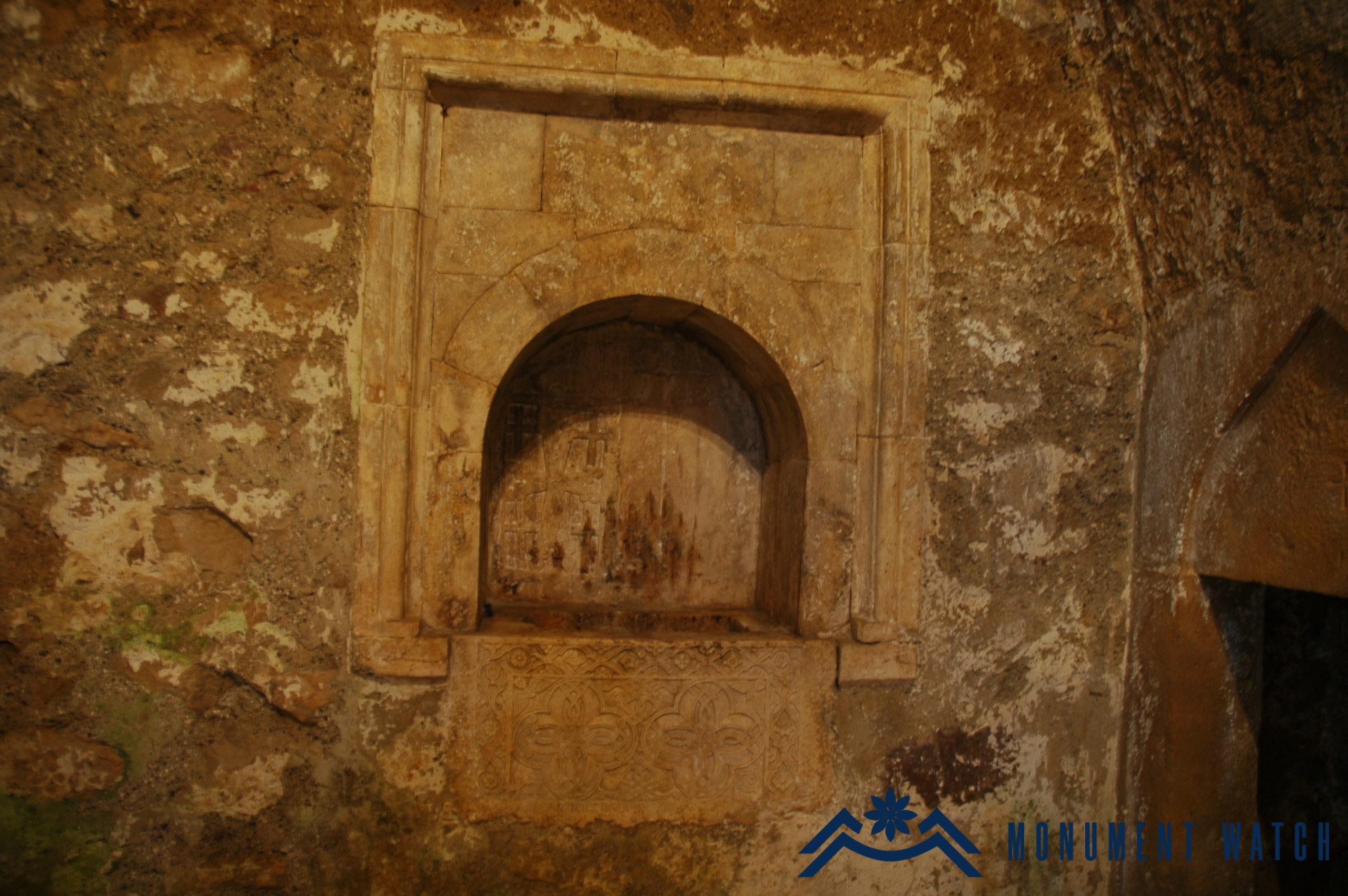
Fig. 5 Khachkars of the church interior, photo by H․ Petrosyan.
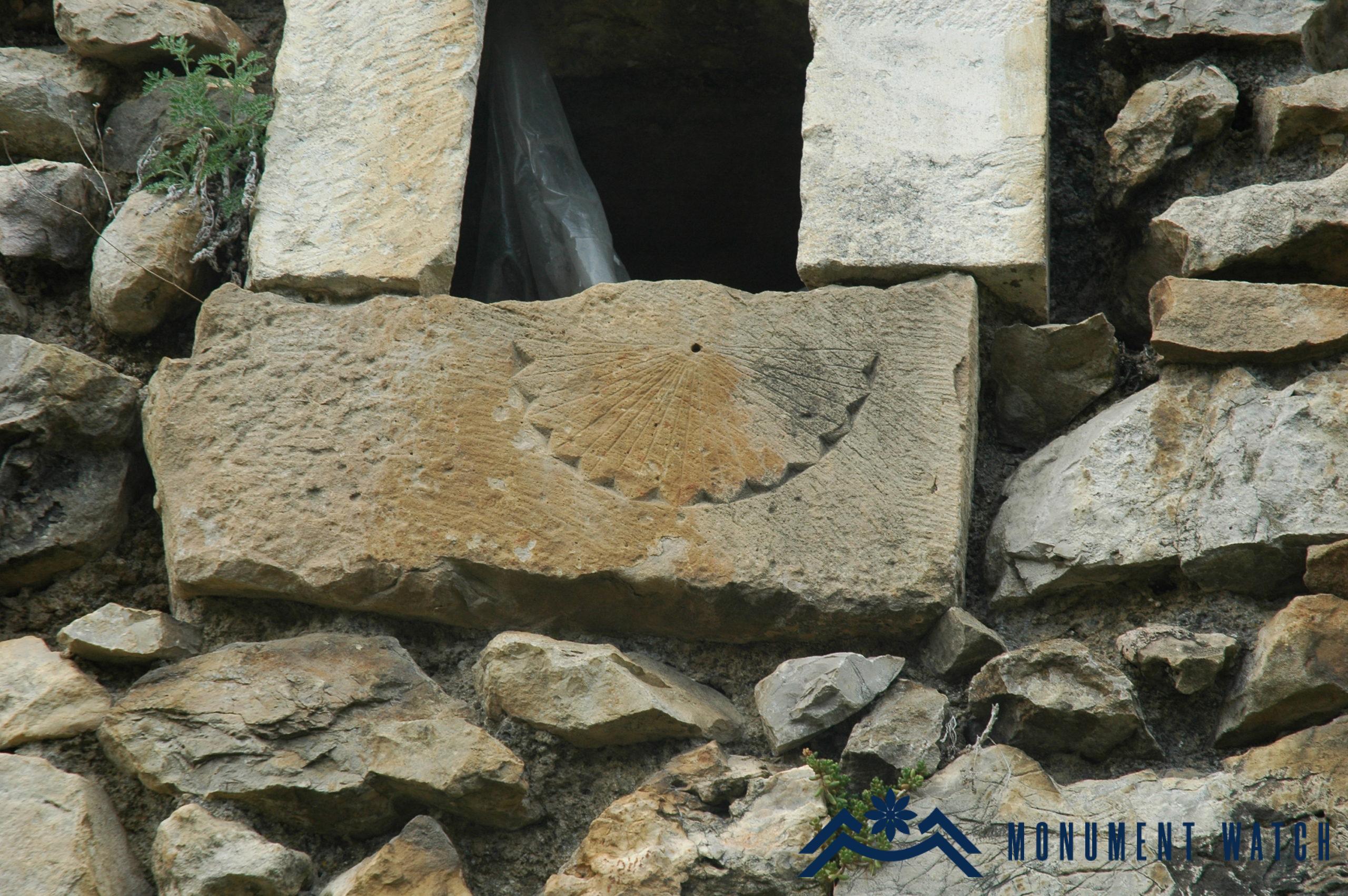
Fig. 7 A sundial embedded in the wall, photo by H․ Petrosyan.
Adjacent to the northern wall of the church there are garvestones (Figs. 8, 9, 10) and a magnificent chapiter (Mkrtchyan 1985, 104).
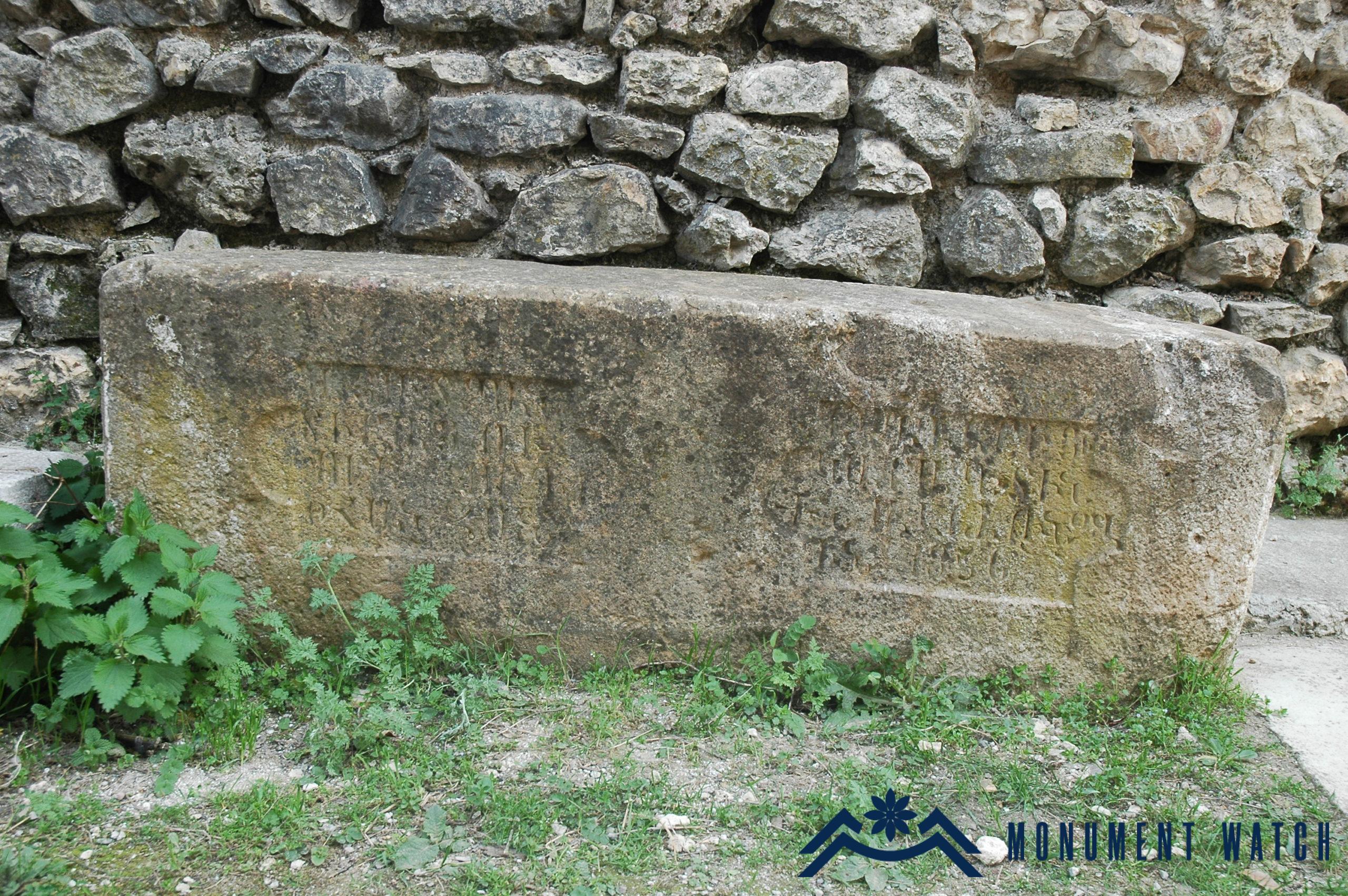
Fig. 9 An inscribed gravestone adjacent to the northern wall of the church, photo by H․ Petrosyan.
The condition before and after the war
The church was not damaged during the Artsakh wars, in 2012-2013 it was partially renovated and improved. According to a video posted on the Internet by Azerbaijani users in 2021, the entrance doors of the church were broken, the interior of the church was polluted, they tried to scratch and damage the inscription on the entrance lintel. The gravestones adjacent to the northern wall are damaged (Video made by the Azerbaijani military, where the entrance of the church, the damaged inscription on the lintel, the area adjacent to the entrance are seen, the video is taken from the following telegram channel (Azerbaijani source is unknown): https://t.me/ararathau/7365?single&fbclid=IwAR13yiYT8xv0mvqAguzz
Bibliography
- Mkrtchyan Sh., Historical and architectural monuments of Nagorno Karabakh, Yerevan, 1985.
Mets Tagher Village
Artsakh